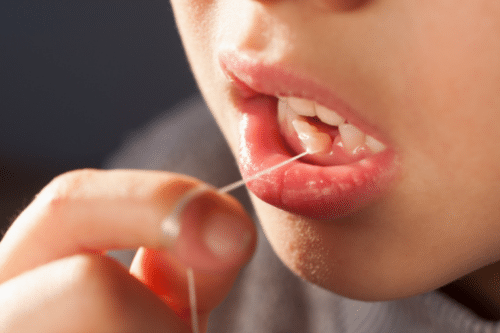
Most of the time, a loose tooth is nothing to be worried about. In most cases, your child will tell you when they have a loose tooth. Knowing what to do in such a situation is helpful since you can easily guide them through their transition to permanent teeth.
Common Timeline for Loose Teeth in Kids
Baby teeth or deciduous teeth in kids usually have a timeline of starting to fall out around the age of 6 years old, but at times it can be as early as 4 years old. Generally, the lower two teeth in the front of your child’s mouth may fall out first. These primary teeth are often referred to as lower central incisors. It can take between a few days to a few weeks before a tooth dislodges. After the tooth falls out, it can take more time for the permanent tooth to come in.
Should I Pull Out My Child’s Loose Tooth?
You shouldn’t pull out your child’s loose tooth immediately after they tell you. However, you should wait for the tooth to be extremely loose in the socket. Pulling it out early could lead to crooked permanent teeth and dental problems later on.
What if My Child Swallows Their Tooth?
Don’t worry if your child swallows their tooth. It’s not harmful since the tooth is mainly made of calcium that will dissolve in stomach acid. If this doesn’t happen, the tooth will shrink until your child passes it out naturally.
What Foods Should Your Child Avoid with a Loose Tooth?
If your child has a loose tooth, they should avoid hard, chewy, or sticky foods. You can also advise your child to chew with the other side of their mouth instead.
What to Do with the Pain of a Loose Tooth
One of the best ways of reducing tooth pain in kids is a cold compress. You do this by placing ice cubes in a zip lock bag and covering it with a cloth. Applying this to their face for 10-to-15-minute intervals will help ease the discomfort. For more severe pain, your kid might require some anti-inflammatory medications. You should always consult your dentist for the correct dosage.
What if the Tooth Looks Infected?
If your child’s tooth looks infected, you should call your nurse or dentist for immediate medical care. Some signs of tooth infection include swelling, pain, sensitivity, change in color, loss of appetite, and bad breath. Kids’ teeth infections will only go away after treatment.
Should You See a Dentist for a Loose Tooth?
If your child has a loose tooth, you should give it time to get extremely loose, and it can finally be removed. You can opt to remove the tooth upon your child’s request or encourage them to remove it. However, you can visit a dentist when your child experiences extreme discomfort or pain from a loose tooth.
As a parent, being informed on how to handle a child’s loose tooth can give you some peace of mind. You also get to know when to rush your child to the dentist and when to wait for the tooth to fall out. This guide helps you safely navigate your child’s loose teeth.
If you’re concerned about your child’s loose tooth, talk to us at Cohen Family Smiles. You can request an appointment or call us at 914-245-2965.
